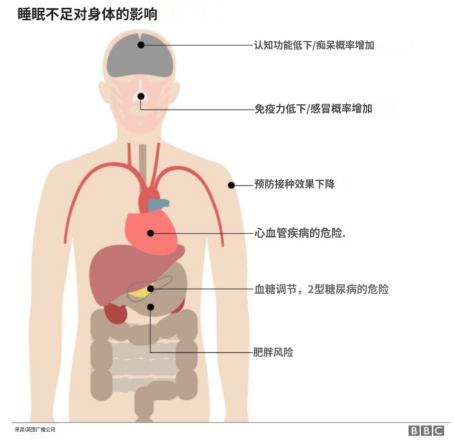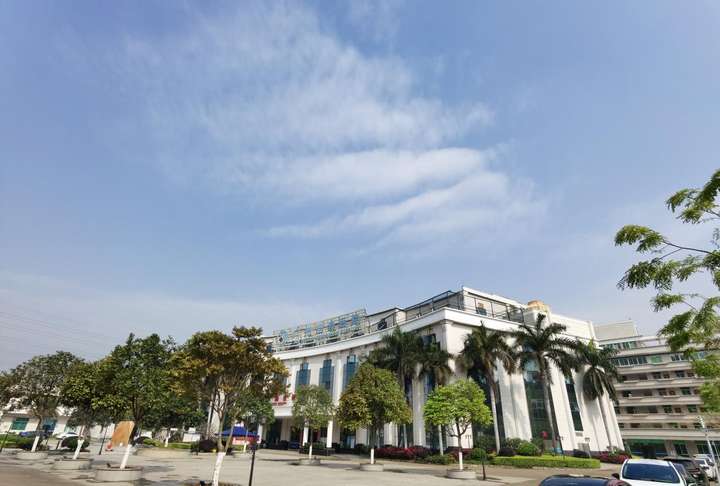英译汉
Improved human well-being is one of the greatest triumphs of the modern era.The age of plenty has also led to an unexpected global health crisis: two billionpeople are either overweight or obese. Developed countries have been especiallysusceptible to unhealthy weight gain. However, developing countries are now facing a similar crisis. Obesity rates have peaked in high income countries but are accelerating elsewhere. The combined findings of the World Health Organisation and the World Bank showed that in 2016 Asia was home to half the world’s overweight children. One quarter were in Africa. Residents of developing nation cities are increasingly susceptible to obesity. According to India’s National Institute of Nutrition, over a quarter of urban-dwelling men and nearly half of women are overweight.
This crisis will test the political resolve of governments that have historically focused on ending hunger.These governments must understand that the factors making cities convenient and productive also make their residents prone to obesity. Urbanites enjoy a variety of food. Additionally, international fast food chains are flourishing in developing countries. The health risks of such diets arecompounded by the sedentary lifestyles of urban dwellers.
People’s leisure time is also being occupied by television, movies, and video games in the growing number of households. The alarming implication of these trends is that developing countries may become sick before they get rich. That sickness may, in turn, cripple health systems. The yearly health care costs in Southeast Asia of obesity-related complications like diabetes and cardiovascular disease are already as high as US $10 billion.
Such diseases are an added burden on countries already struggling to manage primary health care needs. Policies related to taxation, urban design, education and awareness and the promotion of localised food systems may help control obesity at a lower cost than eventual medical treatment for an increasingly overweight population. Some governments have already experimented with direct interventions to control obesity, such as taxation on unhealthy foods and drinks.The US pioneered the soda tax movement. Thailand, Brunei, and Singapore have adopted similar measures. South Africa is likely to introduce a sugar tax beginning in April 2018. The city of Berkeley in California recognizes that taxes alone are not enough to address obesity. Proceeds from the city’s sugar tax are used to support child nutrition and community health programmes. This underscores the importance of education and awareness.
There is also promise in initiatives. Urban design holds significant power to reshape lifestyle patterns and public health. Improving the attractiveness of public space can draw residents out of their cars and living rooms. A recent studyof urban neighbourhoods in Shanghai and Hangzhou found that middle-income residents living in walkable neighbourhoods enjoy better health than residents who lived in less walkable neighbourhoods in urban China.
Finally, healthier lifestyles begin in grocery store aisles. Governments should encourage tighter connections between agricultural production systems, urban grocers and food vendors. Such initiatives can also help urban residents better understand the mechanics of food sourcing. This raises awareness about the relationship between natural foods and healthy lifestyles. Combining controls on unhealthy foods with policies that incentivize healthy eating and active lifestyles constitute a promising response to rising obesity rates. Improving public health is an important policy developing countries should take from both an economic and social point of view. To quote the recent Global Nutrition Report, reducing obesity will boost global development.
参考译文
民生改善是现代最伟大的成就之一。这样一个富足的年代也导致了难以预料的全球健康危机:有20亿人要么超重,要么肥胖。发达国家的人则更易长胖,引起健康问题。然而,发展中国家目前正面临着相似的危机。肥胖率在高收入国家已经达到顶峰,但在其他国家也正不断上升。世界卫生组织和世界银行的综合调查结果显示,2016年,亚洲的肥胖儿童占据世界总数的一半,非洲则占据了1/4。发展中国家的城市居民越来越易胖。根据印度国立营养研究所(India’s National Institute of Nutrition)的数据,城镇人口中有超过1/4的男性和将近1/2的女性超重。
这场危机将会考验各国政府的政治决心,他们曾把工作重心放在如何消除饥饿上。这些国家的政府必须明白,让城市便捷、生产力提高的因素同样会使其居民容易肥胖。都市人能享受各种各样的美食。此外,国际快餐连锁店在发展中国家迅速扩张。城市居民久坐不动的生活方式加剧了这种饮食习惯的健康风险。
在越来越多的家庭中,人们的休闲时光也被电视、电影和电子游戏所占据。这些趋势会引起令人担忧的后果,即发展中国家的人们可能未生财先生病。肥胖导致的疾病继而会破坏健康体系。每年,在东南亚国家,用于治疗糖尿病,心血管疾病等与肥胖相关的并发症所花费的医疗保健费用已高达100亿美元。
对于已经在奋力满足初级卫生保健需求的国家来说,这些疾病无疑增加了负担。相比于持续增长的超重人口最终所花费的治疗费用,制定与税收、城市设计、教育和健康意识以及促进本地化食品体系相关的政策可能有助于以更低的成本控制肥胖。一些政府已经尝试通过直接干预来控制肥胖,例如对非健康食品和饮品进行征税。美国率先开始实行苏打税。泰国、文莱和新加坡也采取了类似的措施。南非可能会在2018年4月开始征收糖税。加利福利亚的伯克利市政府则认识到,仅仅依靠税收还不足以解决肥胖问题。该市的糖类税收所得均用于支持儿童营养和社区健康计划。这凸显了教育和健康意识的重要性。
这些倡议中也包含着承诺。城市设计是重塑生活方式和公共健康的重要力量。提升公共空间的美观度可以吸引居民离开自己的汽车和客厅。最近,上海和杭州城市社区的研究发现,在中国城市中,相比于居住在步行街区较少的社区居民,那些居住在步行街区的中等收入居民要更为健康。
最后,追求更健康的生活方式,从杂货店的货架通道入手。政府应鼓励农业生产系统、城市杂货商和食品供应商之间更加紧密联系。这些倡议还可以帮助城市居民更好地了解食物采购机制。这提高了人们对天然食品和健康生活方式之间关系的认识。将控制不健康食品与鼓励健康饮食和积极生活方式的政策相结合,是对肥胖率上升的积极回应。改善公共卫生,是发展中国家应该从经济和社会角度考虑的一项重要政策。在此引用最新的《全球营养报告》,减少肥胖将推动全球发展。



























